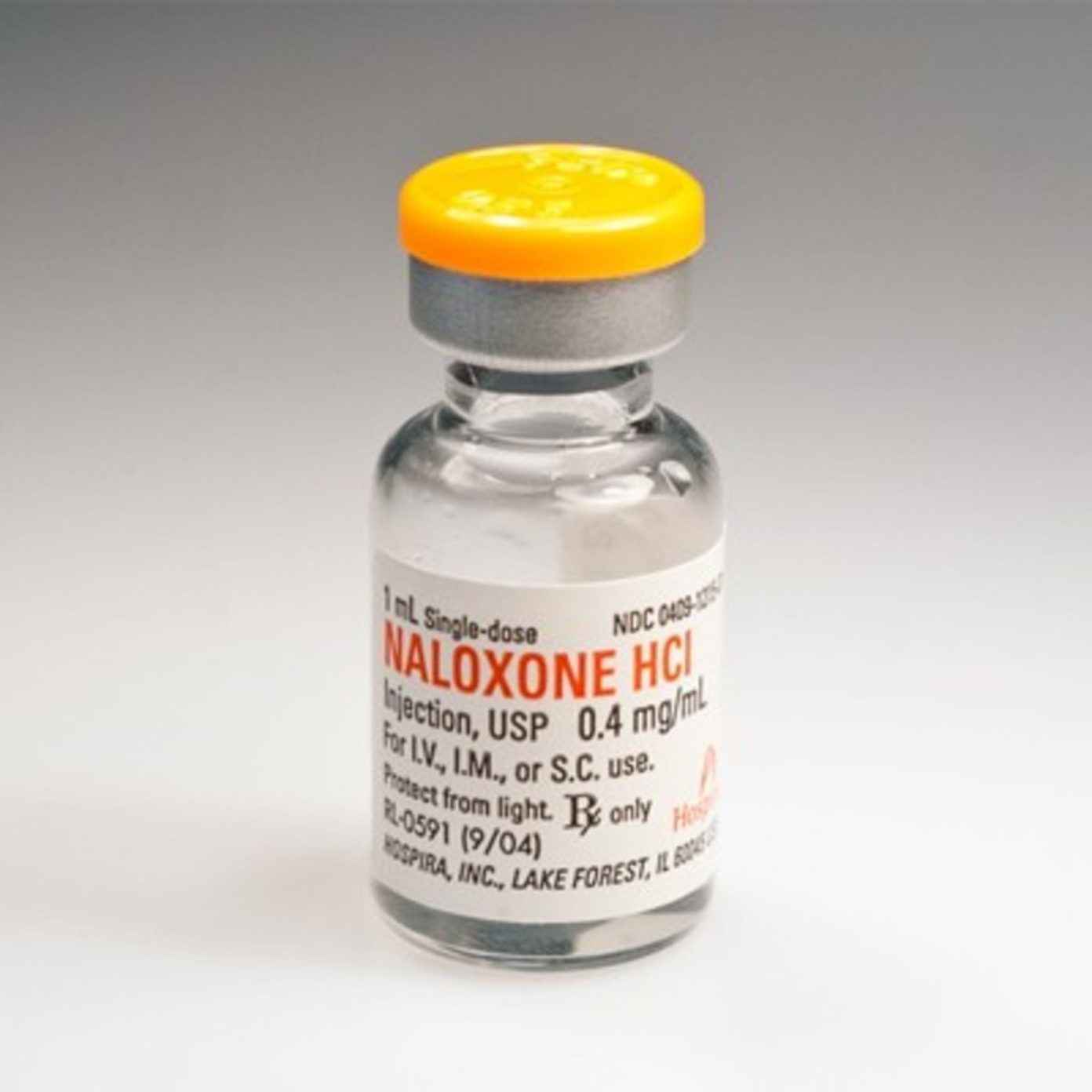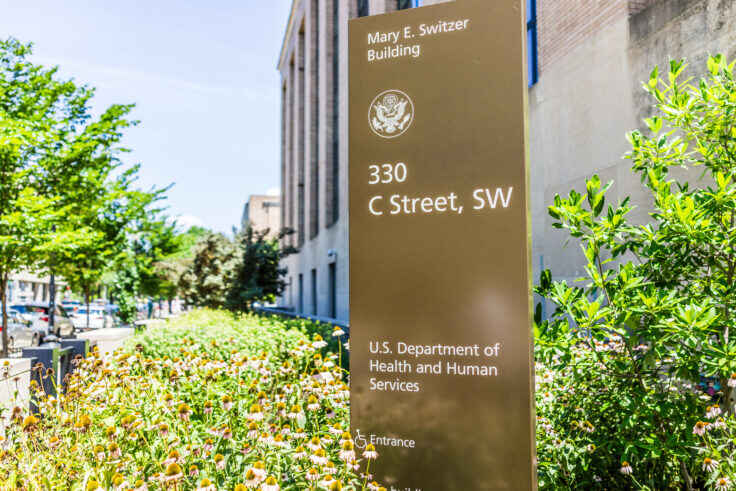Declared States of Emergency – Opioid Crisis
January 12, 2018
Overview
High rates of morbidity and mortality among Americans related to opioid use constitute a public health epidemic, leading multiple jurisdictions to declare formal states of emergency or public health emergency. Declaring a state of emergency grants states and localities additional resources to address the epidemic immediately. The Fact Sheet provides a brief summary of the emergency declarations in six states. The Primer provides a visual snapshot and synopses of state-and tribal-based emergency declarations across the U.S. based on currently-available information.

High rates of morbidity and mortality among Americans related to opioid use constitute a public health epidemic, leading multiple jurisdictions to declare formal states of emergency or public health emergency. Alaska, Arizona, Florida, Maryland, Massachusetts, and Virginia have declared emergencies due to the opioid crisis. Through these declarations, states have:
- extended access to naloxone to reduce overdose deaths;
- enhanced surveillance and reporting of overdose deaths from doctors and hospitals;
- mandated Prescription Drug Monitoring Programs (PDMPs) by physicians and pharmacists; and
- garnered federal grants for resources, programs and treatment services, and prevention.



